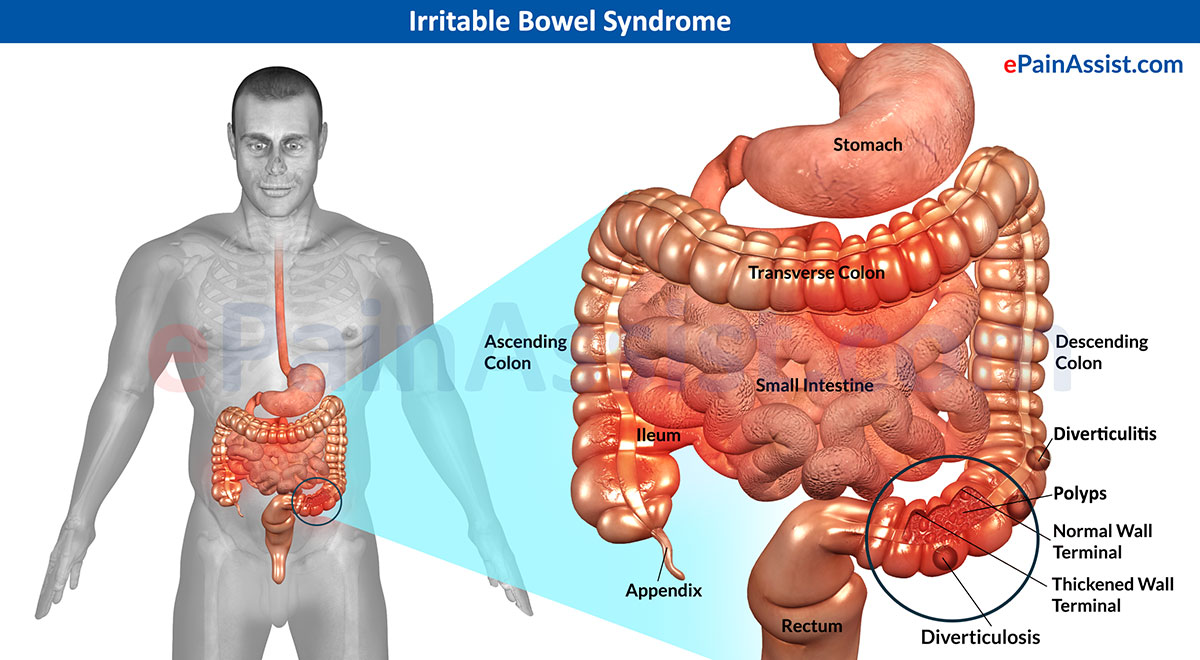Definition and Differences
Inflammatory Bowel Disease (IBD) is a broad term for chronic swelling of the intestines. It comes in three major forms: Crohn’s disease, ulcerative colitis and indeterminate colitis. Usually, it is confused to Irritable Bowel Syndrome or IBS but they are different despite sharing some of the symptoms.

IBS (sometimes called as spastic colon or spastic bowel) is very common and is not considered as true disease in medical definition, but as a functional disorder which simply implies that some of the symptoms don’t have clear cause. More importantly, this type of disorder does not cause inflammation or chronic swelling in the intestines, ulcer or damage to the bowel.
Symptoms
Most patients with IBS will not develop IBD; though a patient with IBD may exhibit symptoms like those of the IBS. To help you distinguish the symptoms, we jotted down some the key symptoms of both IBS and IBD:
IBS
- Constipation
- Diarrhea
- Abdominal pain
- Cramps
Depending on the symptoms, patients with IBS are classified into 3 categories: Constipation- Predominant, Diarrhea-Predominant, and Pain-Predominant.
IBD
- Rectal bleeding
- Mucus in stool
- Eye discomfort
- Extreme fatigue
- Unintended weight loss
- Joint pain
Treatment
IBS can be treated with specific medications issued by the gastroenterologist. It may include intestinal antispasmodics like the Hyoscyamine Dicyclomin dicyclo-mine or HCL (Bentyl) (Levsin). Additionally, the IBS patient must consider diet and lifestyle changes. They should avoid fried and fatty foods and beverages with caffeine in them.
Meanwhile, IBD treatment is given depending on the specialist’s diagnosis. Their number one goal is to stop the inflammation that can ultimately damage the intestines or bowels. With this in mind, they can proceed to the necessary treatment a patient needs.
